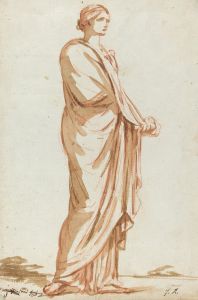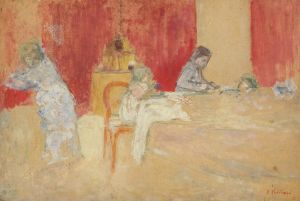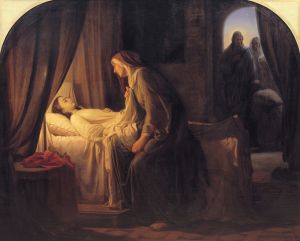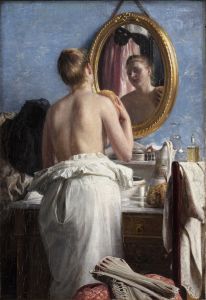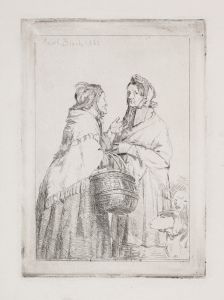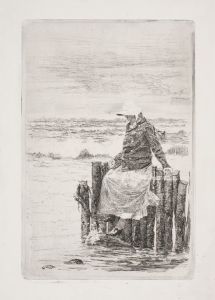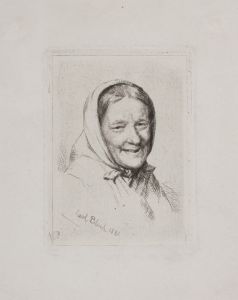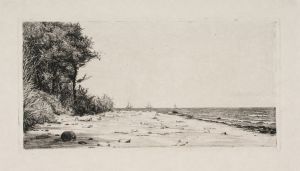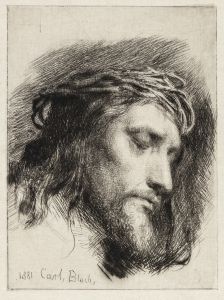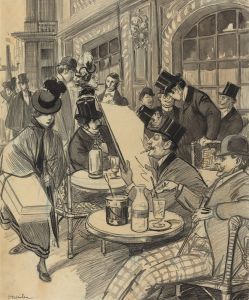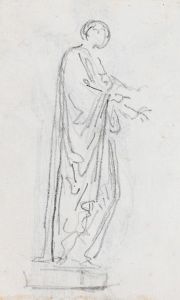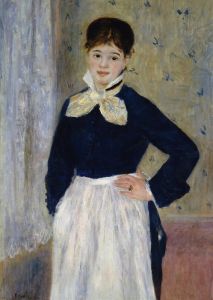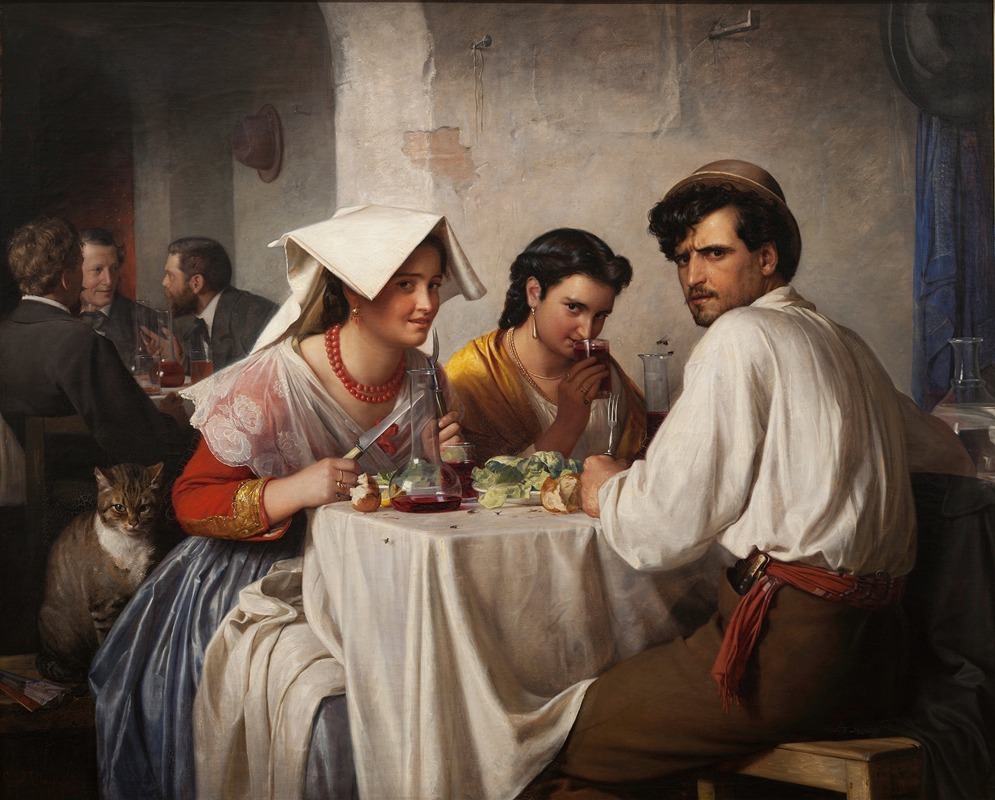
In a Roman Osteria
A hand-painted replica of Carl Bloch’s masterpiece In a Roman Osteria, meticulously crafted by professional artists to capture the true essence of the original. Each piece is created with museum-quality canvas and rare mineral pigments, carefully painted by experienced artists with delicate brushstrokes and rich, layered colors to perfectly recreate the texture of the original artwork. Unlike machine-printed reproductions, this hand-painted version brings the painting to life, infused with the artist’s emotions and skill in every stroke. Whether for personal collection or home decoration, it instantly elevates the artistic atmosphere of any space.
"In a Roman Osteria" is a painting created by the Danish artist Carl Heinrich Bloch in 1866. Bloch, a prominent figure in 19th-century Danish art, is best known for his historical and religious works, but this painting showcases his ability to capture everyday life with remarkable detail and emotional depth.
The artwork depicts a lively scene in a Roman osteria, or tavern, where a group of people is gathered around a table. The composition centers on a young woman who appears to be engaging with a man seated across from her. The interaction between the figures conveys a sense of narrative, though the exact story remains open to interpretation. The setting is richly detailed, with elements such as wine bottles, food, and rustic furnishings contributing to the authenticity of the scene. Bloch's use of light and shadow enhances the atmosphere, drawing attention to the central figures while creating a warm, inviting ambiance.
"In a Roman Osteria" reflects Bloch's interest in genre painting, a style that focuses on scenes of everyday life. The painting also demonstrates his technical skill, particularly in the rendering of textures and facial expressions. While Bloch is more widely recognized for his religious series, including his works for the Frederiksborg Castle Chapel in Denmark, this painting highlights his versatility as an artist.
The painting is part of the collection at the National Gallery of Denmark (Statens Museum for Kunst) in Copenhagen. It remains a notable example of Bloch's ability to blend realism with a sense of storytelling, offering viewers a glimpse into 19th-century interpretations of Italian culture and social life.





